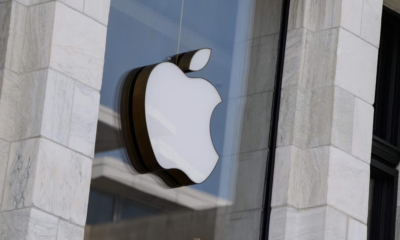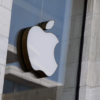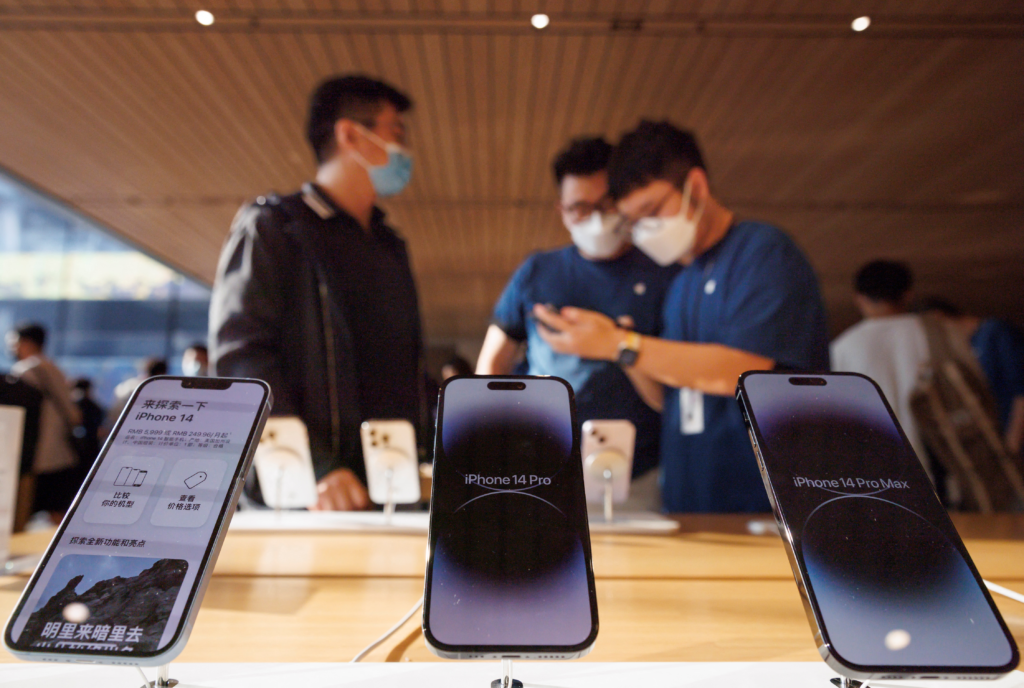

More in Business
-


Business
Larsen & Toubro strong performance in Q4 FY24
Larsen & Toubro said that geopolitical uncertainties, volatility in global financial markets, geoeconomic fragmentation, continuing sea...
-


Business
Air India Express Flight Disruptions: Cabin Crew Sick
Air India Express encountered operational challenges as many cabin crew members reported sick, leading to the...
-


Business
Voltas Ltd reports 19% decline in Q4 net profit
The Tata Group company Voltas’ consolidated earnings from operations climbed 42% to Rs 4,203 crore in...
-


Business
Apple Explores Developing AI Chip for Data Centers
Recent reports indicate that Apple Inc. is developing a chip dedicated to running artificial intelligence (AI)...
-


Business
Adani Group Seeks $600 Million Offshore Loan for Refinancing
Adani Group According to sources familiar with the matter, the conglomerate is securing an offshore loan of...























